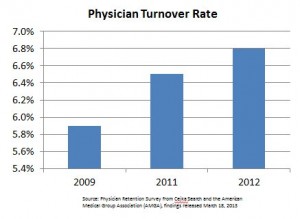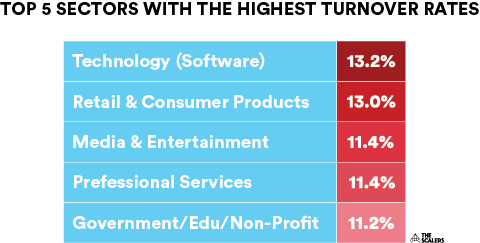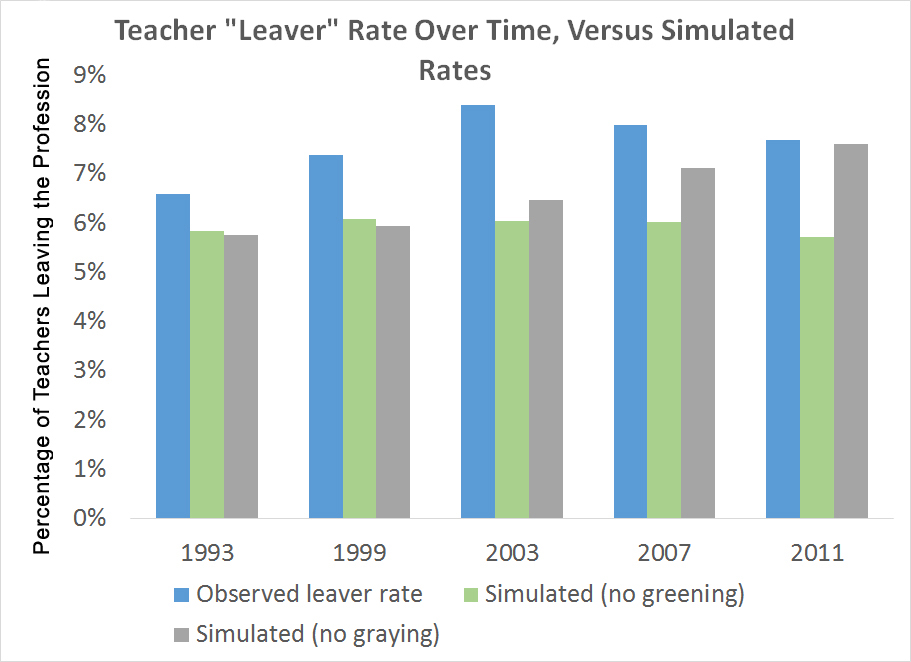

While women are historically over-represented in less secure industries such as leisure and hospitality, average employee turnover rates by gender do not appear to differ widely, with men having only a slight edge. Women stay in one job for 4 years on average, compared to 4.3 years for men. Employee turnover stats indicate the importance of the first three months at an organization - the probationary period works both ways. Then, 68% of employees that resigned did so within the first three months of their employment. 31% of employees leave their jobs within the first six months in the US. Additionally, the new employee needs some time (28 weeks on average) to get used to the new job and be as productive as the employee they are replacing. Employee turnover costs statistics include expenses related to hiring, from advertising the job to interviewing, onboarding, and training processes. This number is based on an employee earning £25,000 per year. The average cost of turnover per employee in the UK is £30,614. Employees contribute their part until the project ends, build up their portfolio, and move on to a different project, often in a different company. The project-based nature of work in these sectors might be causing high industry turnover rates. Employee turnover statistics for the UK rank publishing and events as the sectors with the highest job turnover rate. The specific skill set needed for such positions and the long training process are among the underlying reasons for higher retention rates and lower industry turnover.

This sector is followed by the finance and education industries. Governmental positions have the lowest average turnover rate by industry, at 1.5%. In a straight customer-facing job as retail, minimally trained employees can damage customer experience alongside the problems employees face day in day out.

Minimal to no training is also a significant contributing factor for the routinely high churn rate in these sectors, according to employee turnover statistics by industry. At 60.5%, the retail and wholesale industry has the highest turnover rate.įactors such as unbalanced paychecks, lack of career development, and poor management are among the top reasons why retail and wholesale employees leave their jobs.

36% of American employees are engaged in their work.Strong management and transparency result in a 30% better retention rate.Only 12% of employees state that their organization does a great job of onboarding.Employees working with poorly rated managers are four times more likely to change jobs.Over 77% of voluntary turnover is preventable.Only 15% of American employees would not leave their current job for any reason.31% of employees leave their jobs within the first six months.Top Employee Turnover Statistics: Editor’s Choice That’s why we prepared a list of essential employee turnover statistics that demonstrate the common problems staff face in work environments and demands that are not usually met by management. And that’s not counting the damage to employee morale. Alongside the loss of productivity, an endless cycle of advertising for job openings, recruiting, and training are also draining for the management team. Delivering a turnover rate over the industry average is usually considered a red flag. While employee turnover has some advantages, it can also be quite alarming.


 0 kommentar(er)
0 kommentar(er)
